I'd like to mount a small 8W speaker inside a 3D printed plastic casing, and I'm looking into possible mounting options. However, I see quite a few problems. Speaker could shake out from it's position, stress the PCB, stress the wires that connect it to amplifier, muffle the sound, etc.
As I see there are 3 types of small speaker shapes:
- Small non-round ones that are usually found in smartphones (like this one), which seems to have a sticky tape - but I'm concerned about the glue wearing out due to vibration. I guess they are pressed into plastic by some hard-foam behind them (which also prevents PCB from receiving vibrations from speaker).
- Bigger round ones with flat design (like this one). I'm not sure how to expose plastic membrane, and at the same time protect it from piercing. Looks like they should be fitted inside a recess in plastic, but I'm not sure how to hold them on their back side.
- PCB mounted speakers (like this one). I like the supposed easy way to mount them, but I'm very concerned about shaking the PCB all the time, and harmonic distortions from PCB oscillating, as well as the inability to mount them directly on casing (which I guess would reduce the sound level and also distort it)
What is the best way to mount a speaker inside plastic case? I'd also be grateful for any hints and especially shared experience regarding durability.

